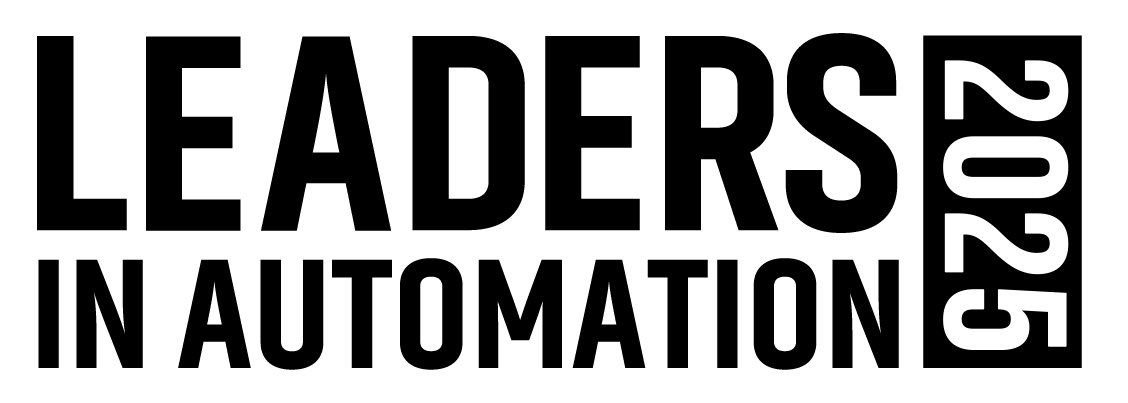Despite positive signals for a revival in European industrial markets, revenues won’t achieve past levels easily, even in market sectors that are expected to lead the revival. Therefore, cost savings through methods such as energy reduction are an attractive prospect. A typical example of that involves use of high-efficiency electric motors.
In Europe, the International Electrotechnical Commission standard, IEC 60034-30 International Energy Efficiency Class, published in 2008, established a new classification for electric motors from 0.75 to 375 kilowatt (kW), replacing the previous European Norm EN 60034-2 (1996) standard, which was based on an agreement signed by the major companies associated with Cemep (European Committee of Electric and Power Electronic Machine Builders). Instead of the three EN standard classes Eff1, Eff2 and Eff3 (Eff1 being the most efficient solution), the IEC standard defined the following classification: Ie1 (Standard Efficiency, comparable to Eff2), Ie2 (High Efficiency, comparable to Eff1), Ie3 (Premium Efficiency), Ie4 (Super Premium Efficiency). The higher numbers indicate the more efficient solutions; also, more classes will be added in the future as even more efficient solutions come to the market.
Currently, both classifications are accepted, so electric motors can be classified either Eff or Ie. But beginning in November 2010, only the IEC classes will be valid. Further, beginning in 2011, all industrial electric motors must be classified at least Ie2, and starting in 2015, only Ie3 solutions or superior can be sold, while Ie2 motors can be installed only if controlled by suitable inverters.
The use of inverters itself enable energy savings ranging from 10 percent up to 50 percent, depending on the specific application, though only a third of the installed motors in Italy actually use inverters. That is because of social and technical factors: Many small Italian companies don’t have the technical competency to correctly value the benefits coming from the use of these devices. In many industrial processes, electric motors aren’t perceived to absorb a lot of energy, so managers prefer to focus on different energy consumption reduction strategies.
About the author
Ilaria De Poli, [email protected], is an editor at Fiera Milano Editore, a magazine covering automation and manufacturing in Italy.
About the Author

Leaders relevant to this article:
